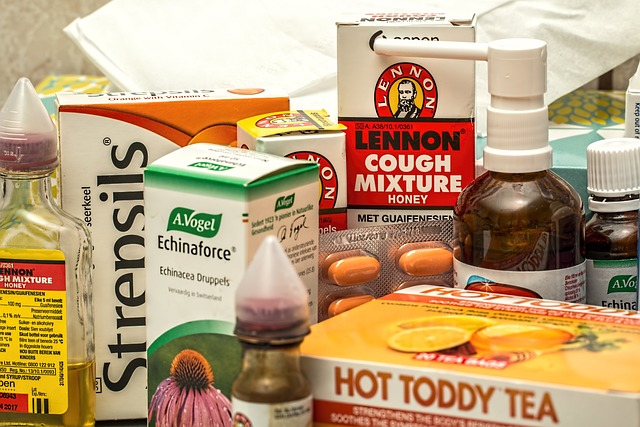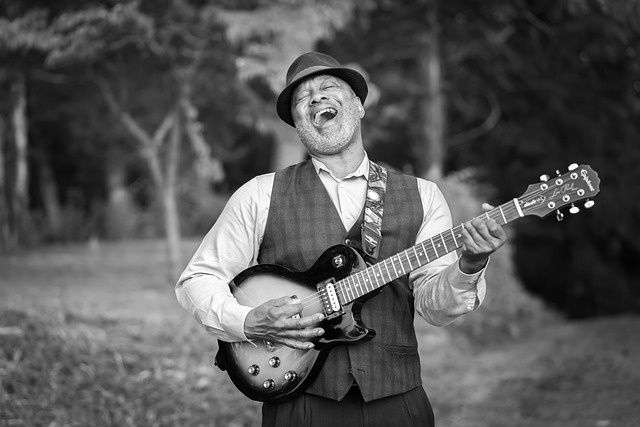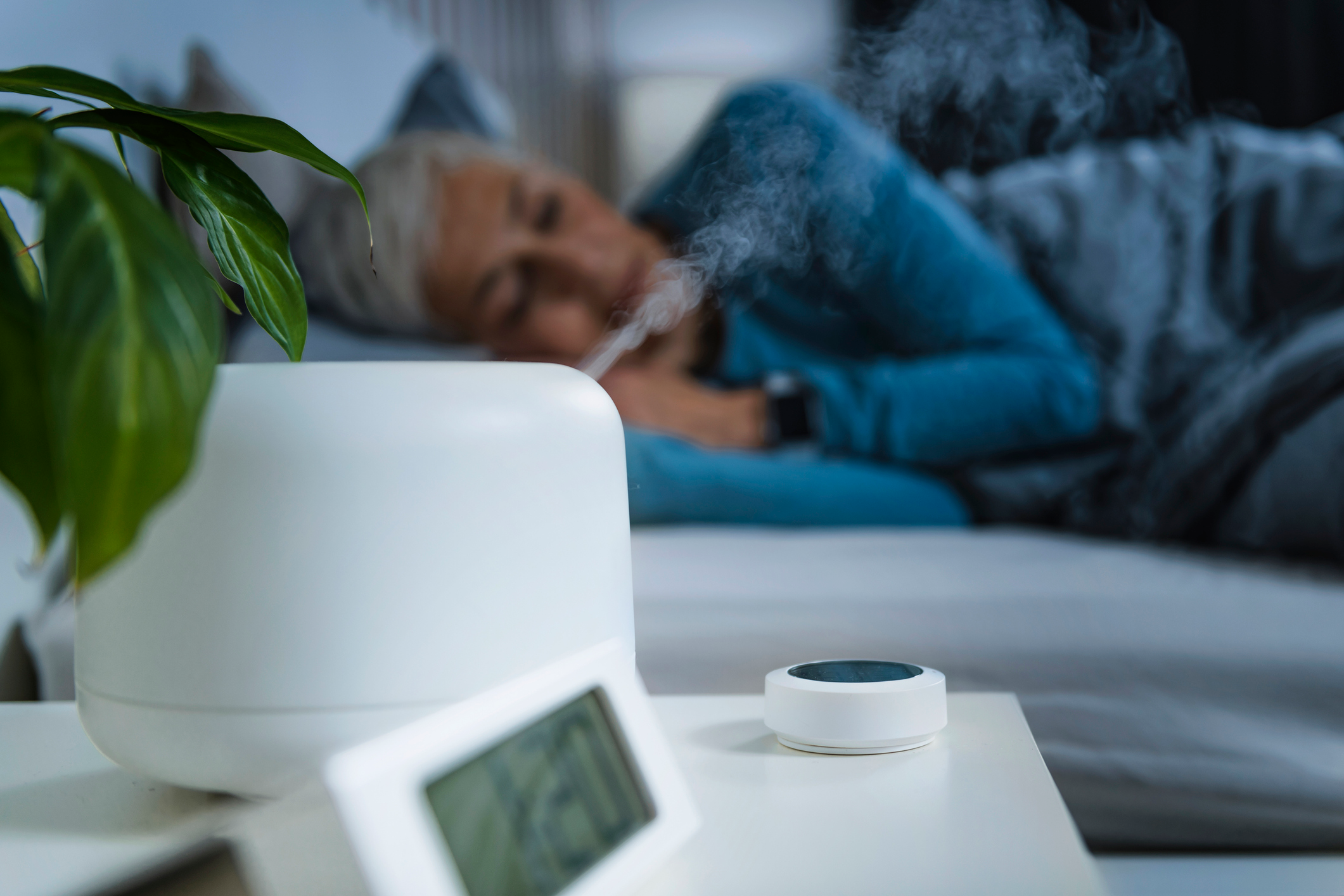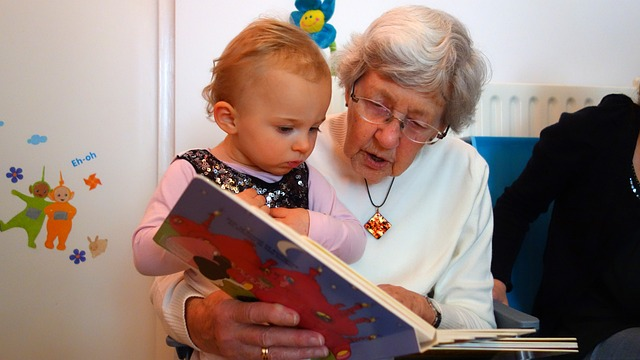Dr. Matthew Olesiak continues to make a significant impact in the medical field through his work at SANESolution and his dedication to evidence-based practices.
How Aging Affects Throat Health
How Aging Affects Throat Health: Have you noticed a change in your voice that doesn’t feel quite right as you approach your golden years?
Wonder how aging affects throat health?
If so, it’s likely due to the natural aging process. As we get older, our voices can become tired or hoarse after extended use or gradually become deeper or thinner. The volume may also change. These vocal changes can be uncomfortable and may make you feel self-conscious in situations where you need to use your voice for extended periods.
In this Throat Cleaner and Throat Health article, we explore the causes behind changes in vocal ability that come with age, as well as the symptoms that accompany them. We’ll also discuss the swallowing difficulties that are extremely common in older adults, as they impact throat function and quality of life.
Additionally, we provide practical solutions to help improve vocal and throat health. If you want to learn more about your throat health then check out our Working Out With Sore Throat: Is It Okay? and 7 Menopause Throat and Mouth Symptoms: Reasons and Prevention Strategies guides!

- New Report Says Your Brain Could Be the Key to Reducing Phlegm Over 50
- Doctor's "Leave The Throat Phlegm Behind" Tutorial Goes Viral With People Over 50
- Can You Relieve Throat Phlegm and Coughing In 60 Seconds A Day? This Doctor Says Yes
- How To Banish Phlegm When 50+ (Do This Every Day)
Short Summary
- Changes in voice are common in older adults, but they’re not inevitable.
- Natural remedies such as practicing vocal hygiene and vocal exercises can help you maintain a more youthful vocal tone and pitch.
- Staying hydrated and using a humidifier at home can help keep your throat and vocal folds lubricated and mitigate the negative effects of an aging voice.
Causes of a Change in the Aging Voice
There are three main causes of a change in the aging voice:
- Presbyphonia
- Age-related alterations in the respiratory system
- Medical conditions
We’ll discuss each of them below.
What is Presbyphonia?
Presbyphonia is a term used to refer to age-related vocal changes that significantly affect the quality of the voice in older adults. The vocal cords or vocal folds lose flexibility, muscle tone, and elasticity and may dry out. This reduces the vocal cords’ ability to vibrate at higher speeds. Meanwhile, the joints of the larynx may stiffen, and the cartilage may calcify, which hinders voice production. The muscles of the larynx may also atrophy, making them thinner and weaker. These changes significantly affect the voice, and they typically occur after the age of 60.
It is important to bear in mind that even though presbyphonia tends to occur more frequently among older adults, it is not an inevitable part of aging. The vocal changes that come with aging can vary significantly from one person to another.
While presbyphonia is not considered a life-threatening condition, it can have a negative impact on a person’s ability to communicate effectively and on their overall quality of life. This is particularly true for individuals who rely on their voice for activities such as singing or socializing. However, there are measures that can be taken to keep the voice strong and vibrant, even as we age. In a later section, we will explore some vocal exercises that can be utilized to prevent complications associated with presbyphonia.

Respiratory System
As we age, our respiratory system undergoes changes that can affect our voice. One example is the calcification of our ribs. Additionally, our torso may shrink while our lungs become smaller, stiffer, and less pliable. All of these factors can impact the strength and tone of our voice.
Medical Conditions
Specific medical conditions can also lead to vocal changes that may or may not be age-related, like hoarseness. These medical conditions include the following:
- Laryngitis, due to irritation or infection that causes swelling of the vocal cords
- Spastic Dysphonia, a neurological condition that causes swelling in the voice box
- Acid reflux, a condition in which stomach acid flows back up into the throat, causing irritation to the vocal cords. While it typically leads to heartburn, hoarseness may be the sole symptom in some cases.
- Growths on the vocal cords, like nodules, polyps, and cysts. These growths are typically benign (non-cancerous).
- Cancer
- Vocal cord paralysis
- Neurological diseases like stroke, Parkinson’s, and Alzheimer’s
Symptoms
- Sore throat
- Cough
- Increased body temperature
- Voice disappears
- Voice changes
- Sore throat
- Dry throat
- General deterioration
Causes
- Viruses infection
- Heavy dirty air
- Hypothermia
- Intense stress vocal cords
- New growth polyps
- Insect/food allergy
- Alcohol drinking
- Smoking
Diagnosis
- MRI
- Ultrasonic research
- Throat swabs
- X-ray
- Pharyngoscopy
- Treatment
- Gargling
- Antibiotic
- Antiviral drugs
- Anti-inflammatory pills
- Polyp removal
- Inhalation
- Humidify the air
- Rest the vocal cords
- Lozenges
- Drink a lot
- Do not smoke
End Infographic Text
Swallowing Disorders (Dysphagia) in Older Adults
According to Medical News Today, “Dysphagia refers to a difficulty in swallowing – it takes more effort than normal to move food from the mouth to the stomach.” (1)
Swallowing is an intricate process involving coordination between the tongue, pharynx (upper part of the throat), vocal cords, larynx (voice box), and the esophagus (lower part of the throat), all of which are affected by aging. Therefore, problems with swallowing are often age-related.
Difficulty swallowing can be caused by a variety of factors, but it can also be a separate disorder. Possible causes of swallowing difficulty include:
- Multiple Sclerosis (MS), an autoimmune disease where the immune system attacks the central nervous system (CNS)
- Stroke, a neurological disease where blood flow to the brain is blocked, causing the death of brain cells. If these brain cells are involved with the swallowing process, you will have dysphagia.
- Parkinson’s disease, a progressive neurodegenerative disease that impairs motor skills
- Esophageal cancer (cancer of the esophagus)
- Amyotrophic lateral sclerosis (also called ALS or Lou Gehrig’s disease), a progressive neurodegenerative disorder
- Esophageal stricture (narrowing of the esophagus). This is typically caused by gastroesophageal reflux disease (GERD)
- Xerostomia (dry mouth), a state of insufficient saliva production that can be caused by numerous factors, including specific medications, stress, tobacco usage, overexertion in a hot climate, and inadequate water intake.

Symptoms of Swallowing Problems (Dysphagia)
- Frequent choking when eating
- Regurgitation (bringing swallowed food back up into the mouth)
- Frequent gagging while swallowing
- Inability to manage saliva in the mouth
- Recurrent sensations of food becoming stuck in the throat, chest, or behind the breastbone
- Problems with gulping
- Drooling
Symptoms of Age-Related Voice Changes
- Chronic throat clearing
- A quivery voice (voice tremors)
- Throat strain
- Throat pain when speaking
- An extended period of hoarseness
- Higher vocal pitch (if male), and a lower vocal pitch (if female)
- Reduced speech volume
- A thin voice that lacks projection and resonance
Let’s look more closely at 5 of these symptoms.

Hoarseness
Think of your larynx as a wind instrument that produces beautiful, clear sounds through effective vibrations. If something partially blocks the vibrations, the sounds would be disjointed and no longer beautiful. Likewise, anything that disrupts the necessary closure of the vocal folds can impact the quality of your voice.
As you age, your vocal cords can become stiffer, and injuries caused by acid reflux or smoking can lead to them becoming bowed and curving inward instead of vibrating tightly together. This can result in a scratchy, hoarse voice
Vocal Thinness
As people age, they may notice a decrease in the strength and resonance of their voice, which is scientifically referred to as vocal asthenia. This is a common complaint among older adults (3) and is caused by a thinning and less pliable vocal cord muscle.
The vibrations of the cords are not as effective or tight, resulting in a less rich and resonant sound compared to when they were younger.

Pitch Changes
It’s common for the pitch of our voice to change as we age. Women tend to experience a drop in pitch over time, while men may see a slight rise (4).
Although scientists aren’t entirely sure why this happens, it’s believed that changes in pitch could be due to the weakening of the muscles in our vocal cords. For women, hormonal changes during menopause may also play a role in this shift (5).
Volume Changes
As people age, their voice projection and volume may be affected. Some older adults can maintain strong lung capacity, but those with compromised respiratory systems like COPD may experience quieter voices due to the lack of breath support needed to speak loudly (6).
Vocal Fatigue
If you notice that your voice starts out strong but becomes weaker as the day goes on, vocal fatigue may be the cause. Like any type of exhaustion, voice fatigue is related to usage.
When your voice gets tired, it tends to feel worse in the evening than it does earlier in the day. This can make it harder for people who are used to speaking during dinner conversations to be heard, and they may end up feeling exhausted and isolated as a result (7).

Diagnosis of Vocal Changes
If you are experiencing changes in your voice, it is recommended that you visit an ear, nose, and throat doctor (ENT) and a speech-language pathologist (SLP) who specializes in voice disorders. These professionals will work together to diagnose the issue and develop a plan for treatment.
In most cases, the primary form of treatment is working with the SLP to perform specific vocal exercises that are designed to strengthen and rebalance the vocal folds, as well as the surrounding musculature and other systems that work together for voice production.
In some cases, if the vocal atrophy is severe, the ENT may recommend a procedure that involves the use of fillers to plump up the vocal folds and help them close. This procedure, sometimes referred to as a “voice lift,” is performed by an ENT or laryngologist, an ENT with specialized training in treating voice disorders. Following the procedure, you may need to see the SLP for exercises to rebalance your throat muscles.
Once you have achieved an improvement in your vocal quality that you are satisfied with, it is suggested that you continue to perform voice exercises to maintain this level of improvement and keep your voice strong.

Diagnosis of Swallowing Disorders
See your healthcare provider immediately if you are experiencing swallowing problems.
When you visit your doctor, they will probably inquire about your symptoms and medical history, conduct a physical examination, and administer tests to diagnose the underlying cause of your condition.
The treatment plan for swallowing disorders depends upon the underlying cause.
Medical Treatments for Vocal Aging Issues
There are several medical treatment options available for voice problems, including:
- Botox injections (for vocal tremors)
- Filler injections to enlarge the vocal cords. These injections can be temporary, performed in your doctor’s office, or longer lasting. The latter utilizes injections of fat taken from your abdomen.
- Thyroplasty, a surgical procedure that involves placing implants into the vocal cords to strengthen the voice.
- Voice therapy, to help reduce throat strain, improve vocal stamina, and obtain the optimal pitch and volume.
Natural Solutions for Vocal Changes
Below are several natural tried-and-true ways to strengthen and improve your voice and keep your voice healthy.

Develop Good Vocal Hygiene Habits
Taking care of your throat and voice box is important for maintaining a healthy voice. It’s advisable to keep your larynx moist and flexible, which can be achieved by drinking six to eight glasses of water daily.
To prevent dryness in your throat, limit your caffeine and alcohol intake. You can also consume foods that have a high water content, like cucumbers and grapes. Using a humidifier at home can help keep the air moist and aid in preventing dryness.
It’s also important to avoid excessive yelling or screaming, as well as frequent throat clearing, especially when you have a cold or infection that has caused inflammation in your vocal folds or cords within your larynx. This can help reduce the strain on your voice.
Use your Voice
If you are an older adult who is retired or living alone, it’s possible that you’re speaking less frequently. However, it’s important to remember that just like any other part of your body, your voice needs exercise to remain healthy.
Consider joining a choir, singing in the shower, or reading out loud. Engage in social activities and participate in conversations to keep your vocal cords functioning well. It’s crucial to avoid isolation and silence, as they can negatively impact your voice and overall health.

Practice Vocal Exercises
Below are simple vocal exercises/activities you can practice to keep your voice healthy and youthful.
- Humming
- Reading aloud
- Singing along with your favorite tune on CD or radio, or join a choir. Singing is a wonderful exercise for your vocal folds and throat.
- Enlisting a vocal coach or a speech-language pathologist to develop customized vocal exercises to strengthen your voice.
Summary
Voice changes in older adults are quite common.
Age-related vocal changes (Presbyphonia) can significantly affect the quality of the voice as you age. The vocal cords or vocal folds lose flexibility, muscle tone, and elasticity and may dry out. This reduces the vocal cords’ ability to vibrate at higher speeds. Meanwhile, the joints of the larynx may stiffen, and the cartilage may calcify, which hinders voice production.
However, age-related vocal changes aren’t inevitable, and even if you experience them, you don’t have to suffer in silence. There are medical treatments, natural remedies, and vocal exercises you can employ to counteract these changes.

Frequently Asked Questions
What does aging voice mean?
Presbyphonia or “aging voice,” is a condition that affects the tone of our voice as we age. It happens when the vocal cords dry out and lose their ability to vibrate at high speeds, resulting in a change in the quality of our voice. Additionally, changes in lung capacity or the shape of the spine can also impact the amount of air movement from the lungs, which contributes to this condition.
What are the symptoms of an aging voice?
Symptoms of an aging voice include vocal tones that become rough, thin, or hoarse. You may also notice your voice cracking. These changes could be attributed to age-related changes in the body, which can result in a voice that is high, thin, breathy, shaky, or reedy. Such changes may also include decreased lung capacity and loss of strength and muscle tone.
At what age does your voice age?
The changes in a person’s voice due to aging can differ greatly. Some individuals may start to sound older in their 50s, whereas others may maintain a strong and clear voice even in their 80s.
How can I rejuvenate my aging voice?
If you are an older adult who is retired or living alone, you may find yourself talking less. However, it’s important to keep your voice in good shape by exercising it just like you would any other part of your body. You can join a choir, sing in the shower, or even read aloud. Staying social and participating in conversations can also help keep your voice strong.

- New Report Says Your Brain Could Be the Key to Reducing Phlegm Over 50
- Doctor's "Leave The Throat Phlegm Behind" Tutorial Goes Viral With People Over 50
- Can You Relieve Throat Phlegm and Coughing In 60 Seconds A Day? This Doctor Says Yes
- How To Banish Phlegm When 50+ (Do This Every Day)
References
1- https://www.medicalnewstoday.com/articles/177473
2- https://pubmed.ncbi.nlm.nih.gov/21521897/
3- https://www.ncbi.nlm.nih.gov/books/NBK565881/
4- https://www.ncbi.nlm.nih.gov/books/NBK565881/
5- https://e-jmm.org/DOIx.php?id=10.6118/jmm.2017.23.2.117
6- https://www.aurisnasuslarynx.com/article/S0385-8146(17)30655-7/fulltext
Dr. Matthew Olesiak continues to make a significant impact in the medical field through his work at SANESolution and his dedication to evidence-based practices.



